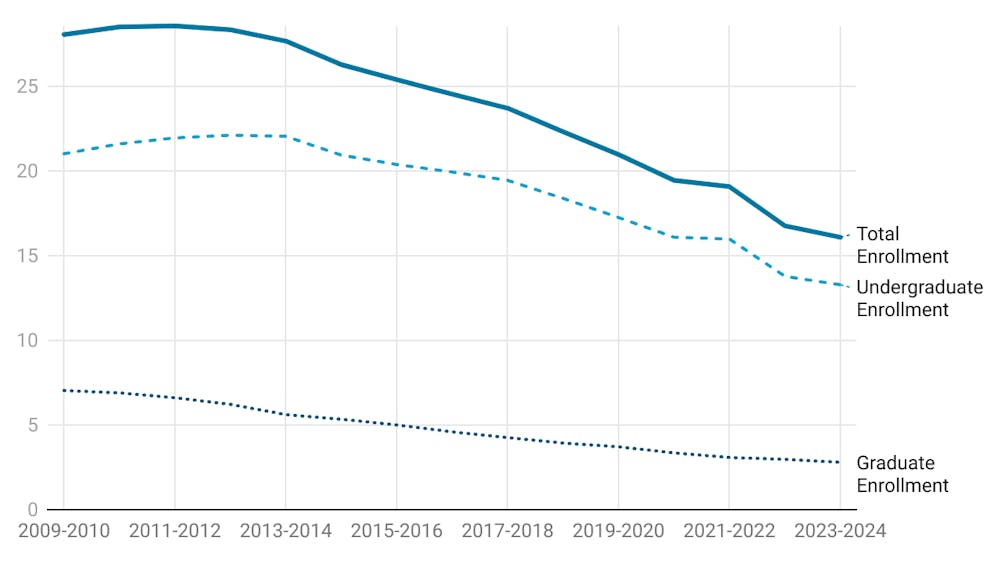Professor Nicoleta Tarfulea of Purdue University, Indiana, gave a lecture Monday night about the Modeling and Analysis of HIV Evolution and Therapy and how math and medical biology can work together through formulas to be one step closer in understanding the disease and finding a cure.
“It was really informative,” junior mathematics and secondary education major Elizabeth Johnson said. “It was cool to see how something so organic was broken down into something mathematically. It’s interesting that they provided these models because it’s formulae versus how the body actually works.”
Tarfulea has been working on this research since she received a grant for undergraduate research of mathematics in 2009 and has worked with 10 students in answering questions about HIV and its role with math and biology.
“I have the advantage of a very nice research area in medical biology,” Tarfulea said. “Even if people don’t understand some parts or math parts there are still results that are interesting to present.”
Tarfulea talked about the different drug treatments in the medical and mathematical fields and how viruses interact with the drug.
“I have a human bio minor as well, so I’ve studied some of the HIV stuff, and it’s really interesting to see the mathematical models of how all of these amino cells and the viruses interact with drugs,” fifth year psychology major Kelly Kaiser said.
Ovidiu Calin, a professor in the math department, organized the lecture. He said he believes it is important to schedule lectures that students can use to find a possible occupation for their major.
“It was [a] very useful lecture for our students who are looking for jobs after they graduate with a degree in mathematics,” Calin said. “This special lecture will help open eyes to works in companies regarding pharmaceuticals who will hire people who know math and they are able to model different drugs to fight against viruses and different diseases.”
With two papers already published, Tarfulea believes that the work with this topic can go much further than what has already been discovered about this disease.
“Since we’re talking about HIV, it can go as far as a treatment, or a cure could be found,” Tarfulea said. “Even then, what if someone said we could do something better. It could go and you could ask so many questions about this and I don’t think there is an end to this type of project.”









